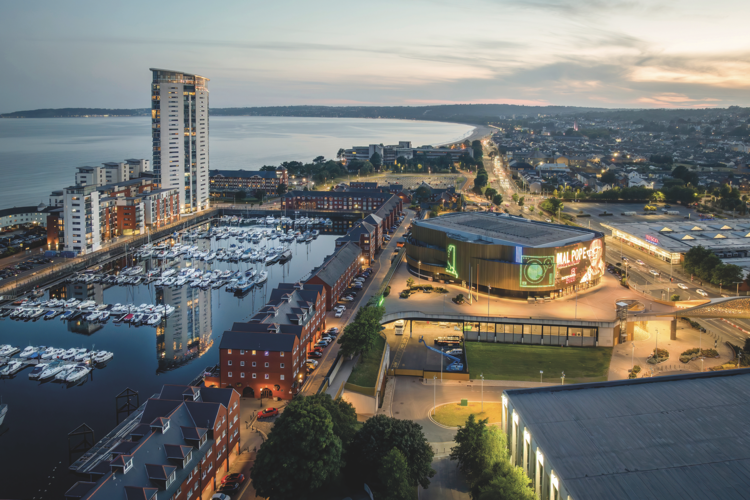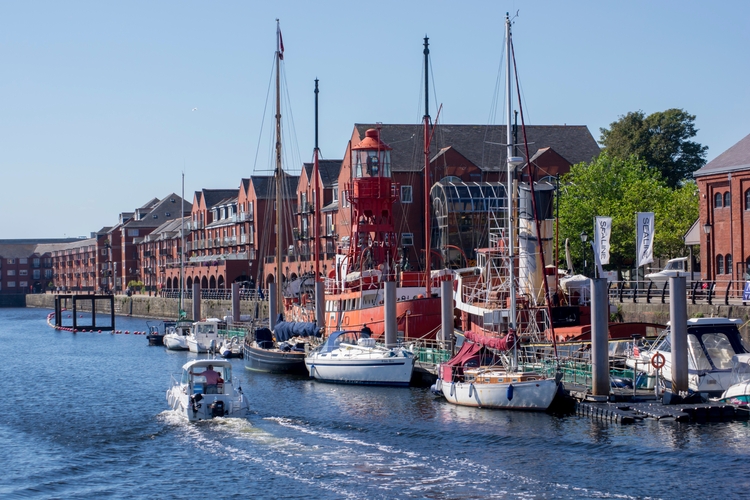
Rory Walsh visits the Welsh city once known as ‘Copperopolis’, exploring how Swansea’s past forged its modern transformation from smoke‑blackened docks to gleaming marina
Swansea Marina has berths for 550 boats. Gleaming yachts and motor launches sit in the water while smart redbrick apartments line the quaysides. On the southwest corner stands the tallest building in Wales.
The Tower at Meridian Quay is 107 metres high, with a restaurant occupying the uppermost of its 29 floors. The only skyscraper in the country, it’s a symbol of modernity and a sign of change. The marina was originally a working dock.
Enjoying this article? Check out our related reads:
- Discovering Britain: The enduring story of Beeston Castle
- Discovering Britain: Maritime Greenwich
- Discovering Britain: the stone age secrets of Craig Rhos-y-felin
- Discovering Britain: Darent Valley, earthly paradise
- Discovering Britain: the watery tale of Worcester
South Dock was completed in 1859 during the Industrial Revolution’s growing need for copper. Copper ore was shipped into Swansea’s docks before being smelted in local foundries. From pots and pans to cables and wires, Swansea‑made copper traversed the globe. Besides the goods they carried, many ships had Swansea copper hulls, including the British Royal Navy fleet. By the mid‑19th century, 90 per cent of the world’s copper came from Swansea.
‘Copperopolis’ thrived through its location and underlying geology. Smelting extracts metals by heating mineral ore, a process that required vast amounts of coal. Transporting the ore to the coal was more economical; Swansea’s rich coal measures were ideally placed. The town’s natural harbour by the River Tawe estuary was a short sea journey from the Cornish mines where ore was extracted, and it provided an Atlantic trade route.

Besides copper, Swansea companies processed zinc, tin, gold and silver. Ores arrived from around the world, including North Africa and South America. Cuba and Chile became notable sources. Swansea’s international fortune came with a price: the sky clouded with acrid smoke, slag heaps scarred the land, and workers were exposed to sulphur dioxide and arsenic. In 1865, locals died after infected mosquitoes on a Cuban ship caused the UK’s only recorded outbreak of yellow fever
At the marina today, shrieking gulls wheel overhead and the sea air has a salty tang. Little remains of Swansea’s huge former copper trade. Dwindling resources and overseas competition — especially from American mines smelting their own ores — led to dramatic decline by the early 20th century. The marina and the tower are part of a regeneration programme — the Lower Swansea Valley Scheme. Slag heaps have been cleared and foundries, factories and warehouses demolished. El Dorado — the South American city of gold — was a myth. ‘Copperopolis’, however, was real: a South Wales town that burned bright to become a city shimmering in industrial afterglow.



